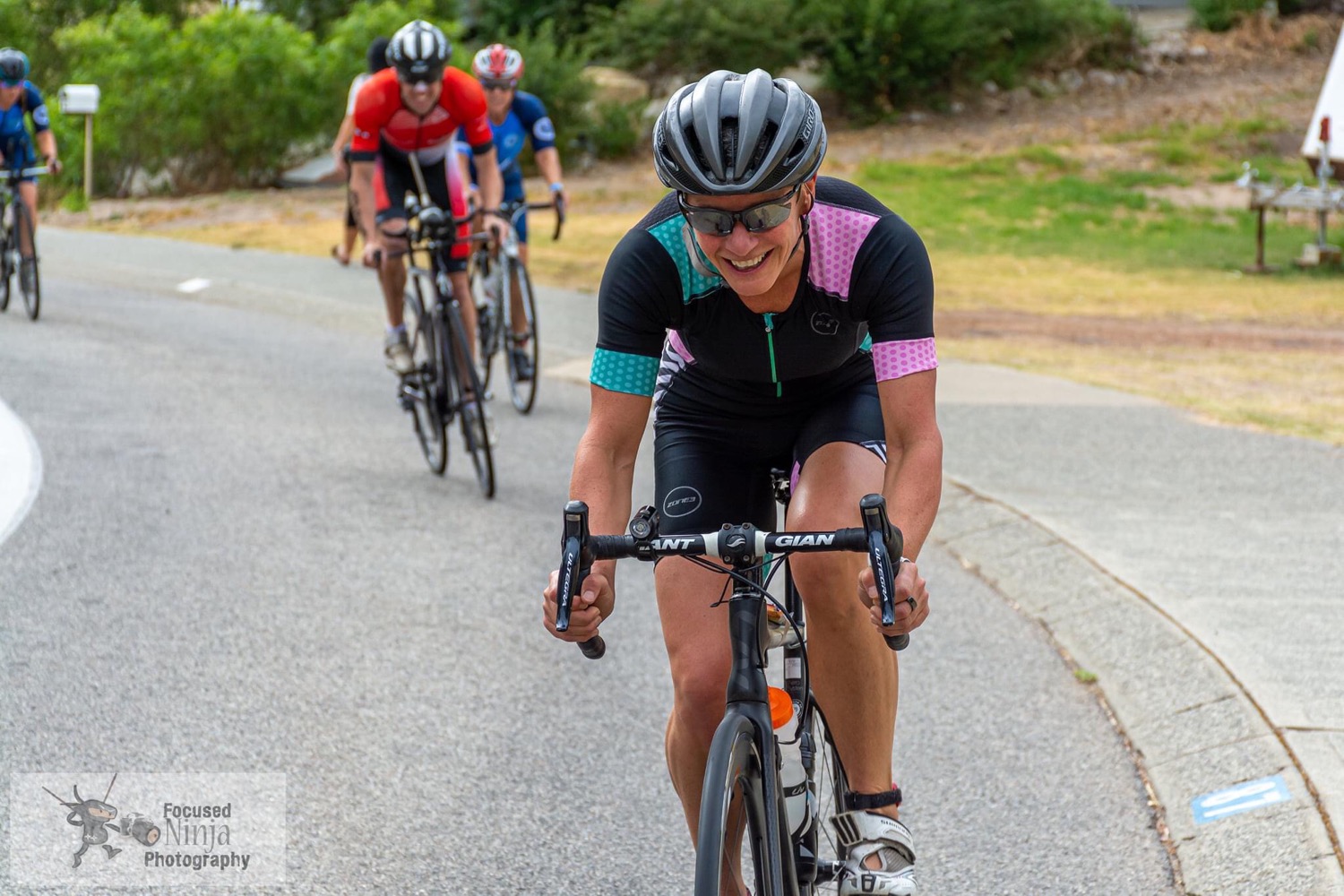Why you should join our Swim Smooth squad sessions in October
- Alison Smith
- Jun 26, 2024
- 3 min read
Updated: Jul 19, 2024
Based around the world-renowed Swim Smooth coaching methodology, adopted by World Triathlon and British Triathlon, this is what you should expect from these 75min (minimum sessions)
1. Unified sessions

Everyone in our squad will do the same session. This approach eliminates any notions that the slower swimmers only need to work on their technique while the faster ones need more endurance training. Every swimmer, regardless of their speed, works on both their aerobic capacity and technique. This unified training method ensures that all members develop a balanced skill set, which is crucial for improving overall swimming performance.
It also fosters a sense of community and mutual support, where everyone is working towards common goals, making the training environment more cohesive and encouraging.
2. Targeted pacing
Each swimmer is set a target pace that is specific to their current level of ability. We don't round these targets to the nearest 5 or 15 seconds just for the convenience of the pool clock. Instead, we use Tempo Trainers that set these targets to 1/100th accuracy.
This precise approach allows us to monitor improvements closely, week by week. Swimmers receive immediate feedback on their performance, which helps them make adjustments and see progress more clearly. This meticulous attention to detail in pacing ensures that every swimmer is working at their optimal intensity, maximising the efficiency of their training sessions.
3. Consistent Cycle Times Using Our Swim Smooth Red Mist Cycles™
We calculate each swimmer's cycle time based on their known target pace. This ensures that swimmers in lane 1 experience the same physiological training session as those in lane 4, despite potentially swimming 20% less in an hour.
This method maintains the integrity of the workout across all lanes, ensuring that everyone is challenged appropriately. It's a way of leveling the playing field, where the intensity of the workout is consistent, irrespective of the swimmer's speed. This consistency helps in developing endurance and speed simultaneously, making each session highly productive.
4. CSS-Based Training Insights
Our training sessions are based on each swimmer's individual CSS pace. The CSS pace is a critical marker for improvement in any swimming distance of 400m and above. By tailoring workouts to this pace, we ensure that each swimmer is training at an intensity that is right for them. This personalised approach allows for continuous progress and adaptation, helping swimmers to break through plateaus and achieve new personal bests. It emphasises sustained speed and endurance, which are essential for long-distance swimming and competitions.
Critically, many other programs place too much emphasis on speed work with long rest periods - if you want to swim a fast 50 or 100, that's great, but this can be highly detrimental if your focus - like ours - is on the longer stuff for open water swimming and triathlon.
5. Efficient workouts

We focus on the essentials and avoid unnecessary elements like kickboard sets or strokes that swimmers don't want, need, or can't do. Our sets are refined and efficient, designed to maximise time in the water. We minimise rest periods and encourage focused, high-quality training over idle time on the pool deck.
These five elements, combined diligently, create unparalleled efficiency in swim training. With only 2-5 hours to swim per week, the last thing you want is to waste time chatting on the pool deck, especially if you're wondering why you aren't improving.
Enjoy socialising over that post-swim coffee, knowing you've had a great workout and feel virtuous for it.
If you are keen to be one of our inaugural lifetime members and get the benefit of a free first session plus priority booking, message me now!
We start on October 4th at Merchant Taylors School 6-715pm.







Comments